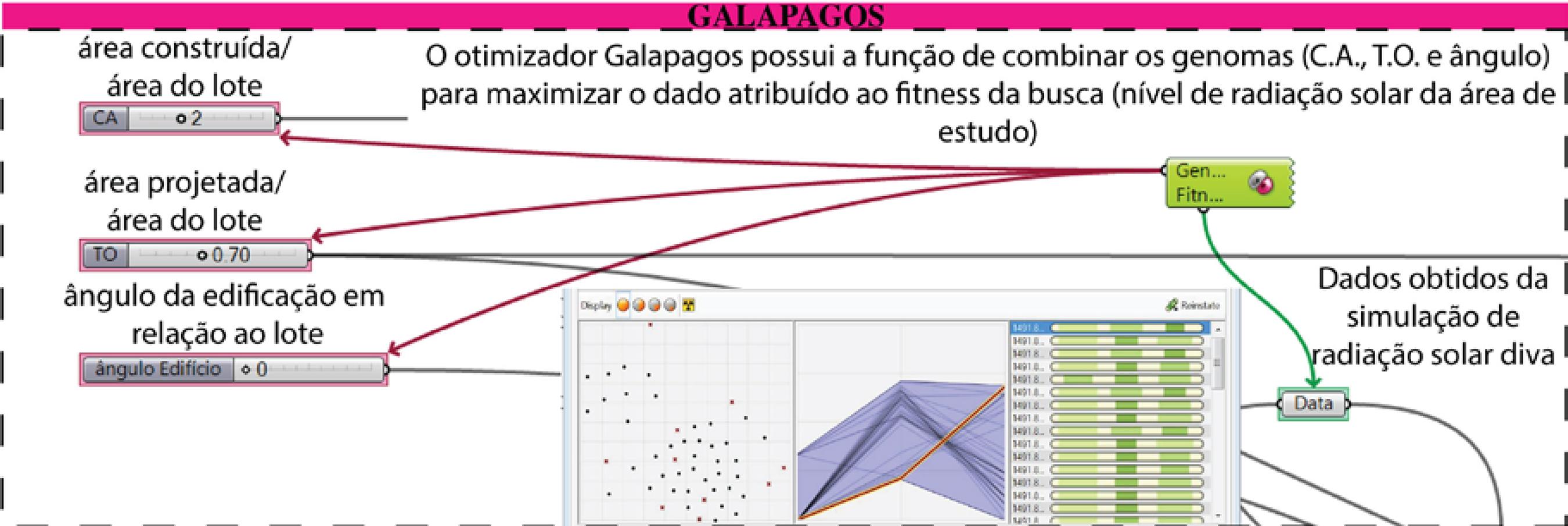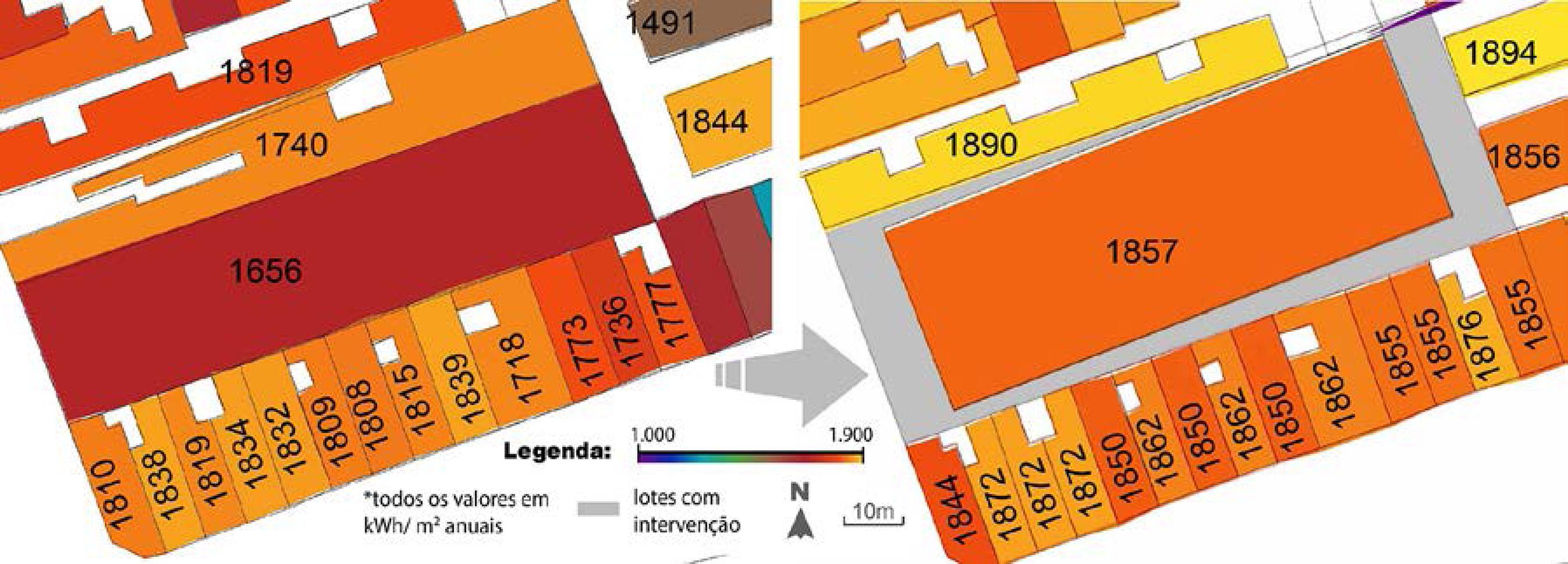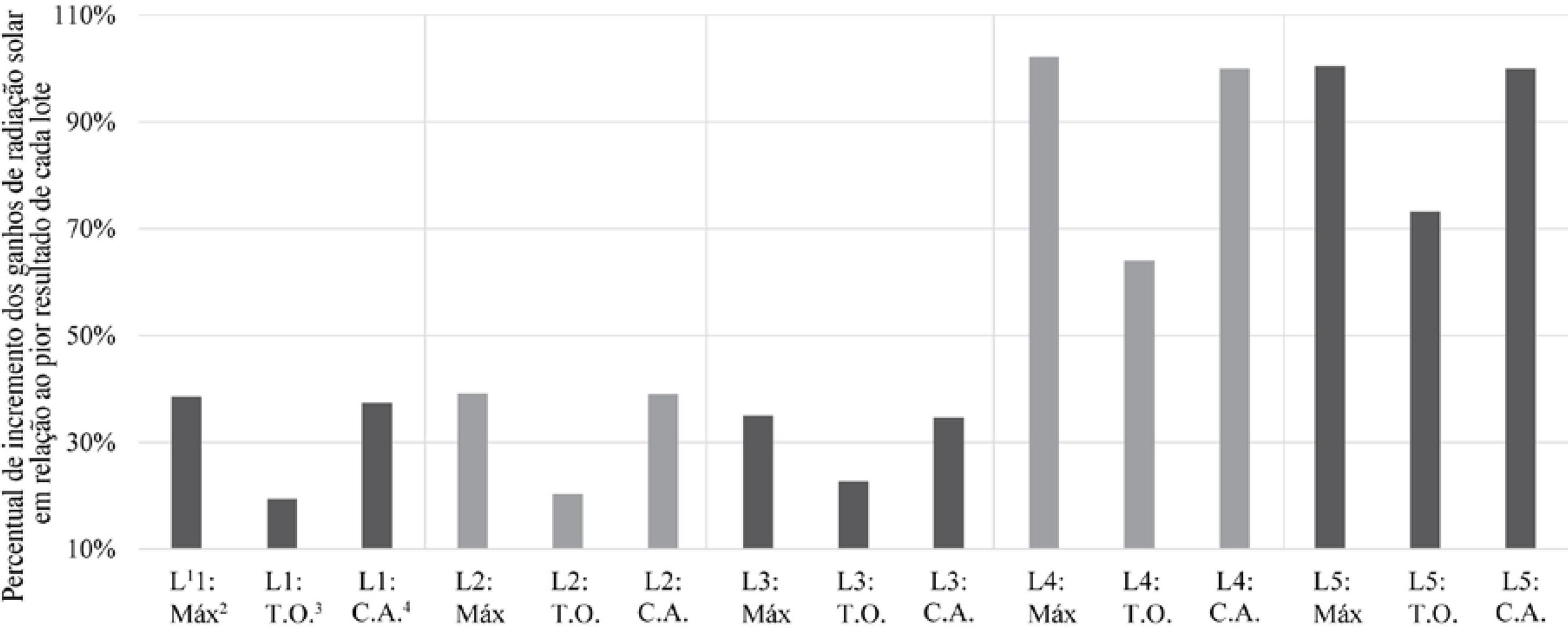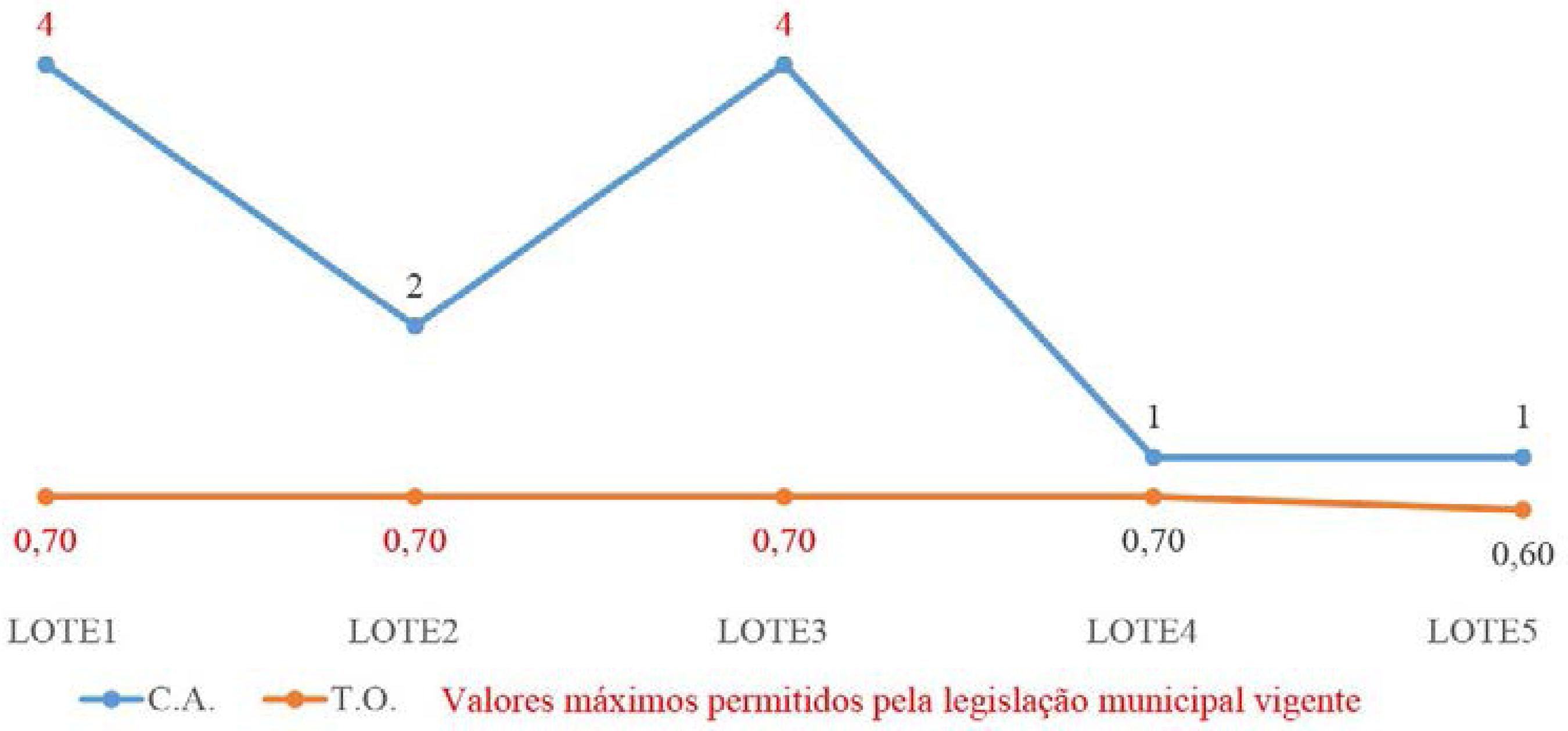Abstract
This study analyses the parameters of urban morphology that condition the PV power generation capacity in a the São Paulo neighbourhood of Belenzinho. Initially, using 3D Rhinoceros® software with Grasshopper® and Diva® plug-ings was modelled based on the isolated variation of the urban parameters to identify the best and worse scores, considering the solar radiation incidence on the rooftops of individual buildings. Thereafter, the Galapagos genetic algorithm was applied with the purpose of combining the urban parameters, identifying the most adequate values for a better use of solar radiation. The analysis carried out showed that intermediate values for plot area ratio and land coverage equal to 0.70 are more suitable for better power generation performance in the neighbourhood unit, while the maximum values allowed by legislation are more in the buildings unit. Thus, the definition of a municipal energy policy for photovoltaic application on the roof of buildings involves an analysis of concentrated or distributed generation solutions in the urban territory, and its appropriation by the land use regulation.
Keywords:
Photovoltaic Systems; Distributed Generation; Urban Morphology; Urban Parameters; Urban regulation

 Fonte: elaborado pelos autores, a partir de Google Earth (
Fonte: elaborado pelos autores, a partir de Google Earth (













